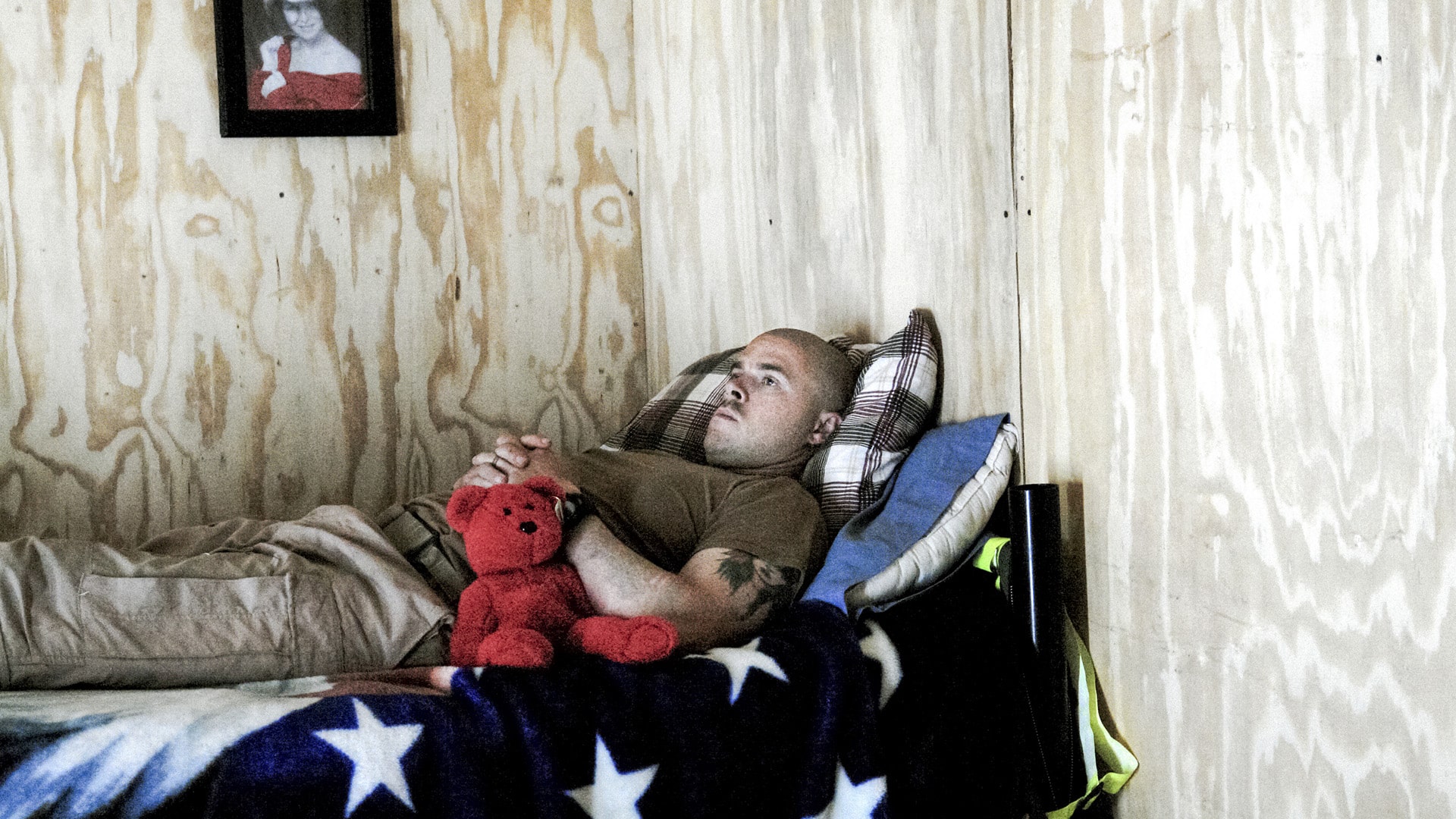Magnum Photos member Peter van Agtmael shares his journey as a conflict photographer, and the importance of adopting an open, questioning approach to photojournalism.

You’re getting blind.
Don’t miss the best of visual arts. Subscribe for $9 per month or $108 $90 per year.
Already suscribed ?



